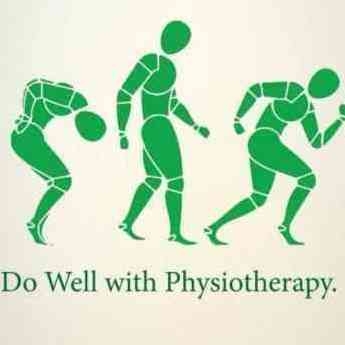+918042754929

This is your website preview.
Currently it only shows your basic business info. Start adding relevant business details such as description, images and products or services to gain your customers attention by using Boost 360 android app / iOS App / web portal.
The Gluteal and Piriformis muscles... ...
The Gluteal and Piriformis muscles... The glutes, or gluteal muscle, can become tight after too much sitting, overuse, or overexertion in athletic performance. Tight glutes can lead to a number of other injuries, so it’s important to warm them up well before exercising. It’s also important to stretch your glutes after you work out. If you sit at a desk all day, you should stand and walk every 30 minutes. This helps keep your glutes from becoming inactive, tight, and weak over time. Distance running performed properly is a pushing motion from when the mid-foot strikes the ground. This pushing contributes to the tightness and soreness that can affect the gluteal complex and piriformis muscle. The piriformis muscle lies underneath the gluteus muscle, or buttock. When your glutes and piriformis are tight and fatigued they can cause you to have a sore lower back and hamstrings, poor balance, and even shooting nerve pain down your leg due to sciatica. (Your sciatic nerve shoots through your piriformis. When inflamed, the piriformis compresses this nerve causing the pain, this is called as sciatica) Stretching and strengthening these muscles will help you run more efficiently and avoid injury. This post will touch on strengthening but will mainly cover stretching and recovery of tight and fatigued glutes and piriformis. Dr Ayaz Physiotherapy weight loss hair and skin clinic For appointment call 8080292950

